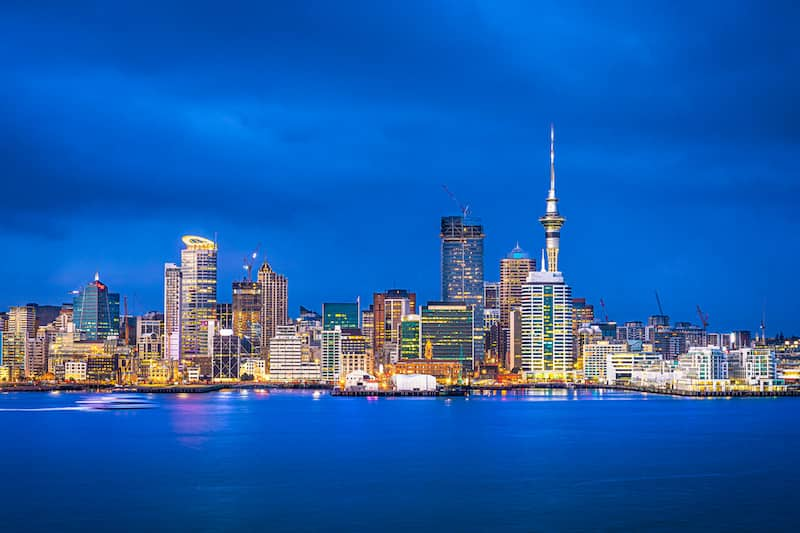New Zeland

New Zealand, Māori Aotearoa, island country in the South Pacific Ocean, the southwesternmost part of Polynesia. New Zealand is a remote land—one of the last sizable territories suitable for habitation to be populated and settled—and lies more than 1,000 miles (1,600 km) southeast of Australia, its nearest neighbour. The country comprises two main islands—the North and the South Island—and a number of small islands, some of them hundreds of miles from the main group. The capital city is Wellington and the largest urban area Auckland; both are located on the North Island. New Zealand administers the South Pacific island group of Tokelau and claims a section of the Antarctic continent. Niue and the Cook Islands are self-governing states in free association with New Zealand.
New Zealand is a land of great contrasts and diversity. Active volcanoes, spectacular caves, deep glacier lakes, verdant valleys, dazzling fjords, long sandy beaches, and the spectacular snowcapped peaks of the Southern Alps/Kā Tiritiri o te Moana on the South Island—all contribute to New Zealand’s scenic beauty. New Zealand also has a unique array of vegetation and animal life, much of which developed during the country’s prolonged isolation. It is the sole home, for example, of the long-beaked, flightless kiwi, the ubiquitous nickname for New Zealanders.
New Zealand was the largest country in Polynesia when it was annexed by Great Britain in 1840. Thereafter it was successively a crown colony, a self-governing colony (1856), and a dominion (1907). By the 1920s it controlled almost all of its internal and external policies, although it did not become fully independent until 1947, when it adopted the Statute of Westminster. It is a member of the Commonwealth.
Study levels – the New Zealand Qualifications Framework
The New Zealand Qualifications Framework (NZQF) is a system for acknowledging the level and quality of qualifications offered by New Zealand education providers.
All qualifications listed on the NZQF come with an assurance of quality that is recognized and trusted worldwide. The New Zealand Qualifications Framework has 10 levels:
- Levels 1-4 cover the National Certificate of Educational Achievement (NCEA) - the main qualification in secondary schools, and basic vocational training.
- Levels 5-6 cover sub-degree vocational certificates and diplomas.
- Levels 7-10 cover degrees, graduate and postgraduate qualifications.
Higher education (ages 18+)
New Zealand has eight state-funded universities, 16 Institutes of Technology and Polytechnics (ITPs) which have been unified into the Te Pūkenga- New Zealand Institute of Skills and Technology (NZIST), and about 550 Private Training Establishments (PTEs), which include English language schools.
New Zealand's higher education system offers a wide range of programmes and education providers to choose from, in any region of the country. Graduates from New Zealand are valued by employers for their ability to think critically and solve problems creatively.
https://www.nzqa.govt.nz/qualifications-standards/understanding-nzqf/#heading2-0
https://www.studywithnewzealand.govt.nz/en/why-new-zealand/reasons-to-choose-nz